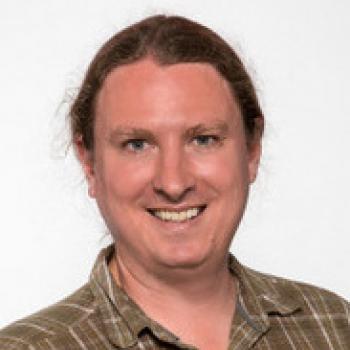
Ian C. Cloet
Deputy Division Director and Group Leader
Biography
Dr. Cloët’s research focuses on understanding the structure and formation of almost all matter in the visible universe, that is, subatomic particles like pions, kaons, protons, neutrons, and ultimately atomic nuclei. At the most fundamental level this matter is composed of elementary particles called quarks and gluons, that are described by a theory called quantum chromodynamics (QCD), which is the strong force component of the Standard Model of Particle Physics. QCD gives rise to many emergent phenomena, e.g., it produces the vast majority of mass in the visible universe and also confines quarks and gluons by forces so strong that they can never be observed in isolation.
To study these phenomena Ian uses advanced analytical methods in quantum field theory and numerical approaches such as lattice QCD, to develop multi-dimensional images of the quarks and gluons inside hadrons and nuclei (nuclear femtography). The insights gained in this research helps to guide and support experimental programs at facilities such as Jefferson Lab and the forthcoming Electron-Ion Collider.
Before starting at Argonne as a staff scientist in 2013, Ian held postdoctoral positions at The University of Adelaide, University of Washington, and Argonne National Laboratory.
Education
- Doctor of Philosophy, The University of Adelaide (2007)
- Bachelor of Science Honors: Theoretical Physics First Class, The University of Adelaide (2002)